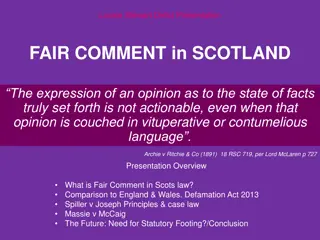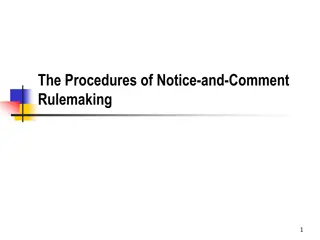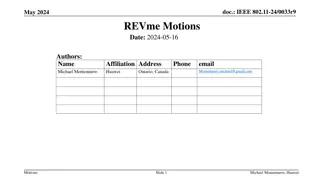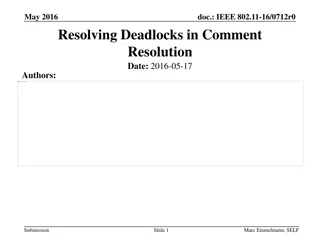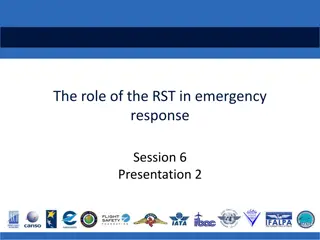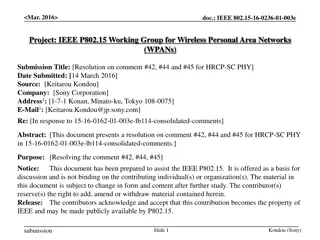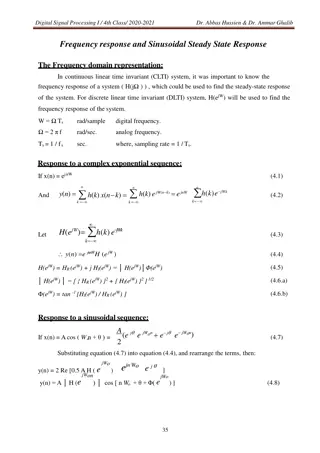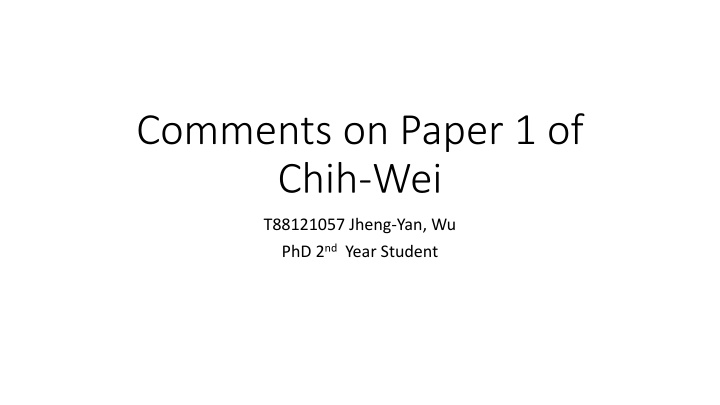
Implications of Race-Neutral Equations in Healthcare Diagnoses
Explore the impact of race-neutral equations on illness prevalence among different racial groups, considering potential issues of underdiagnosis and overdiagnosis. Delve into the limitations of reclassified impairments without a gold standard, along with the complexities of using race as a proxy for genetic differences. Discover insights on the imminent accessibility of genetic testing and the need to avoid reinforcing racial stereotypes and inequities.
Download Presentation

Please find below an Image/Link to download the presentation.
The content on the website is provided AS IS for your information and personal use only. It may not be sold, licensed, or shared on other websites without obtaining consent from the author. If you encounter any issues during the download, it is possible that the publisher has removed the file from their server.
You are allowed to download the files provided on this website for personal or commercial use, subject to the condition that they are used lawfully. All files are the property of their respective owners.
The content on the website is provided AS IS for your information and personal use only. It may not be sold, licensed, or shared on other websites without obtaining consent from the author.
E N D
Presentation Transcript
Comments on Paper 1 of Chih-Wei T88121057 Jheng-Yan, Wu PhD 2ndYear Student
Comment 1 Under the race-neutral equations, the prevalence of non-obstructive impairment would increase by 141% among Black individuals, while it would decrease by 69% among White individuals. Do the reclassified impairments under race-neutral equations accurately reflect true underlying disease, or might they instead lead underdiagnosis? to overdiagnosis or
Part of the limitation mentioned The authors acknowledge that it is not yet clear whether the reclassified impairments under race-neutral equations represent true disease or false-positive findings. No gold standard in the study
Comment 2 Although the authors argue that race is a crude classification that should be avoided, race is still commonly used as a proxy for biological differences in research, especially given that genetic testing is not yet widely accessible. What are your thoughts on this?
Widely accessible genetic test is soon! Race is a highly imprecise proxy because it is not a clearly defined biological variable it is an amalgam of cultural, geographical, social, and historical factors. For example, the label "Black" may include African Americans, Afro- Caribbeans, and individuals born in various parts of Africa, who may have very different genetic backgrounds and social environments. Might reinforcing racial stereotypes and inequities
Commenter 2 for Chi-Wei Thembekile Precious Dlamini-T88137024 PhD 1 09/04/2025 6
Comment 1 The study results shows a significant shift in spirometry interpretation with the use of GLI Global equations but doesn t fully explore the clinical consequences such how will clinicians adapt to these changes in spirometry results, in terms of diagnosing conditions like obstructive lung diseases? Could these changes lead to misdiagnosis or overdiagnosis? I think the authors were supposed to give more details on the clinical implications for healthcare providers working with diverse populations. For example, provide a guidance on how to interpret changes in spirometry results or highlight a need for developing a new diagnostic criteria based on the GLI Global equations. 7
Response to Comment 1 Spirometry was used to diagnose and monitor. As the authors mentioned in the limitations, we do not know the clinical significance due to the lack of a gold standard. We once used the old reference to diagnose COPD and now we changed the diagnostic standard and expected to see the difference in the US. Prof Li s response using time as a final diagnostic tool to verify to ultimately diagnose the patient is absolutely right. 8
Comment 2 The study compared the GLI Global reference equations to the GLI-2012 standard, but it did not account for other potential confounding factors that may influence lung function results. For example, environmental exposures (air pollution), socioeconomic status, and access to healthcare, which differs across racial and ethnic groups, and could significantly affect spirometry outcomes. Controlling for confounders would provide a more comprehensive understanding of the observed differences. 9
Response to comment 2 Previous was right about this. In May clinic single one entity, the authors should collect more information about SES, environmental factors that could contribute to the difference we observed. 10








